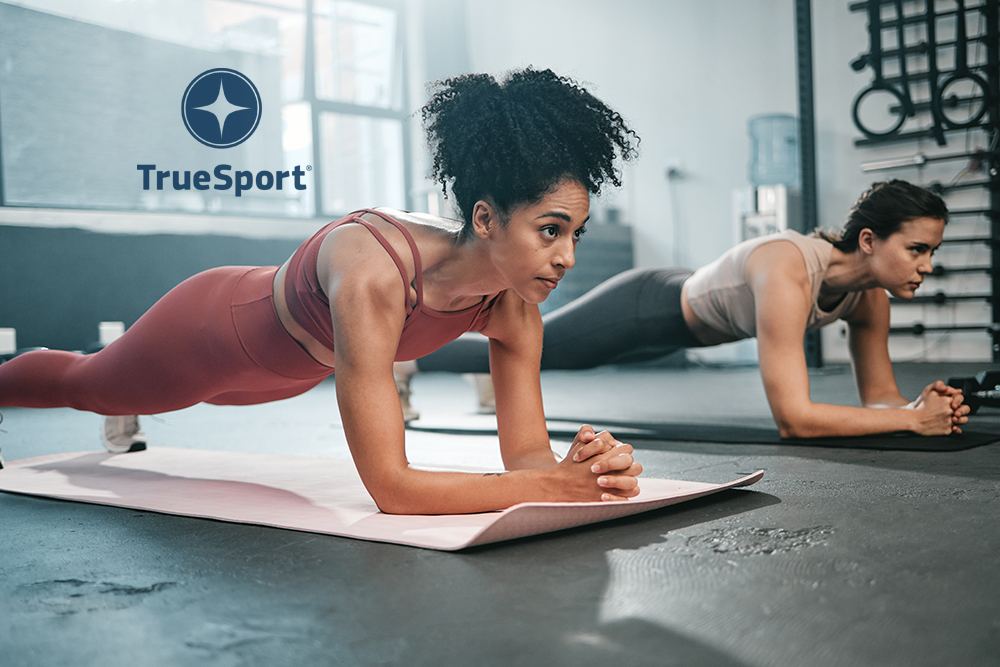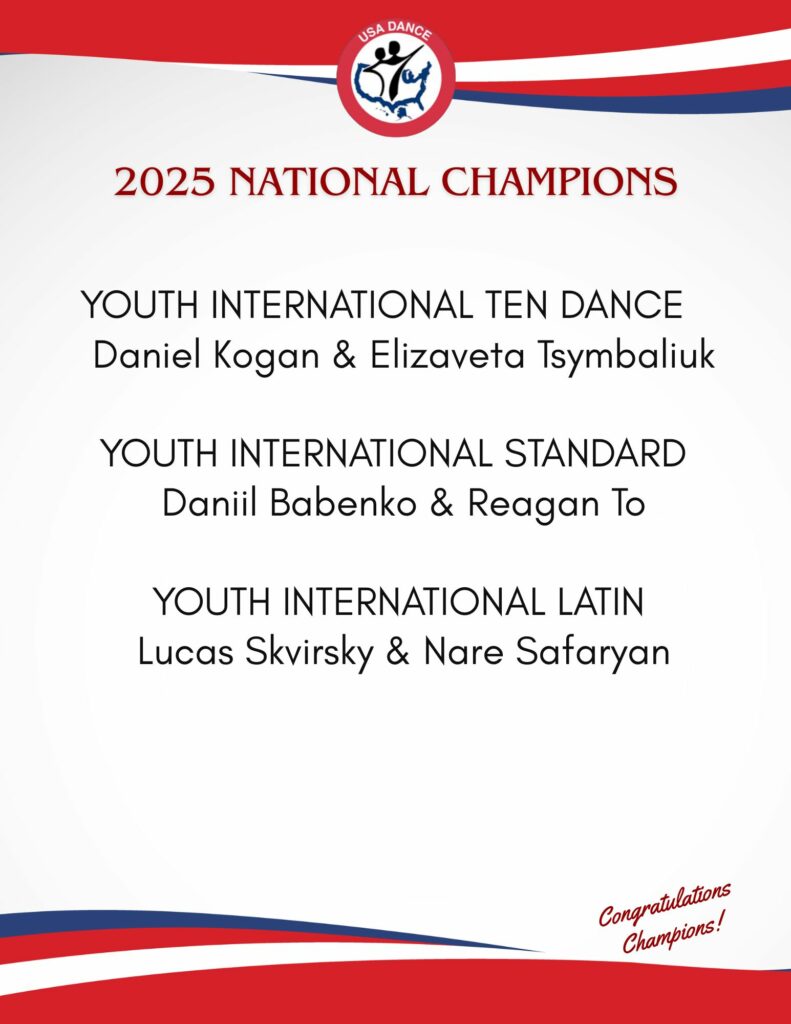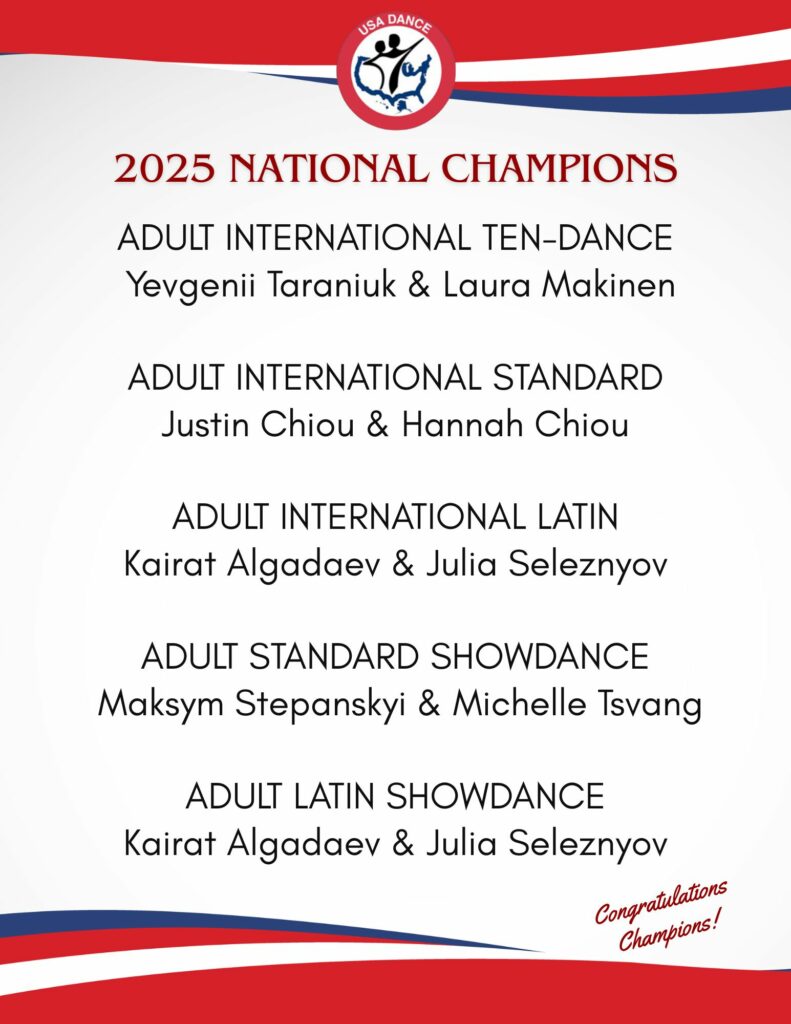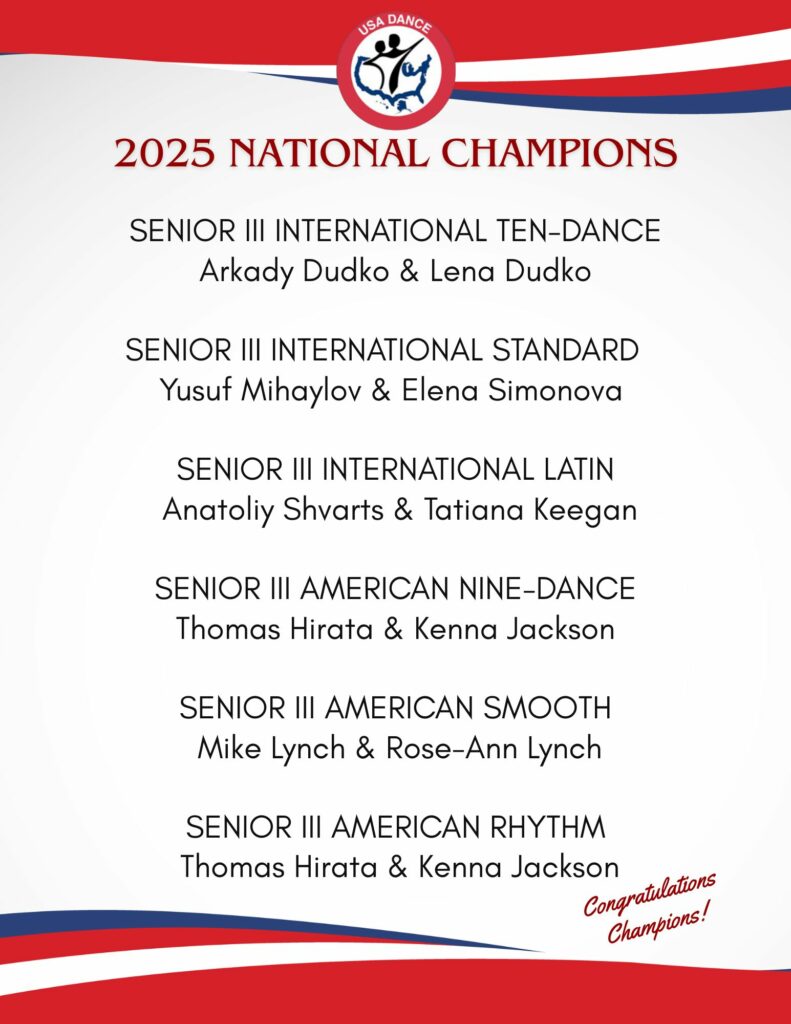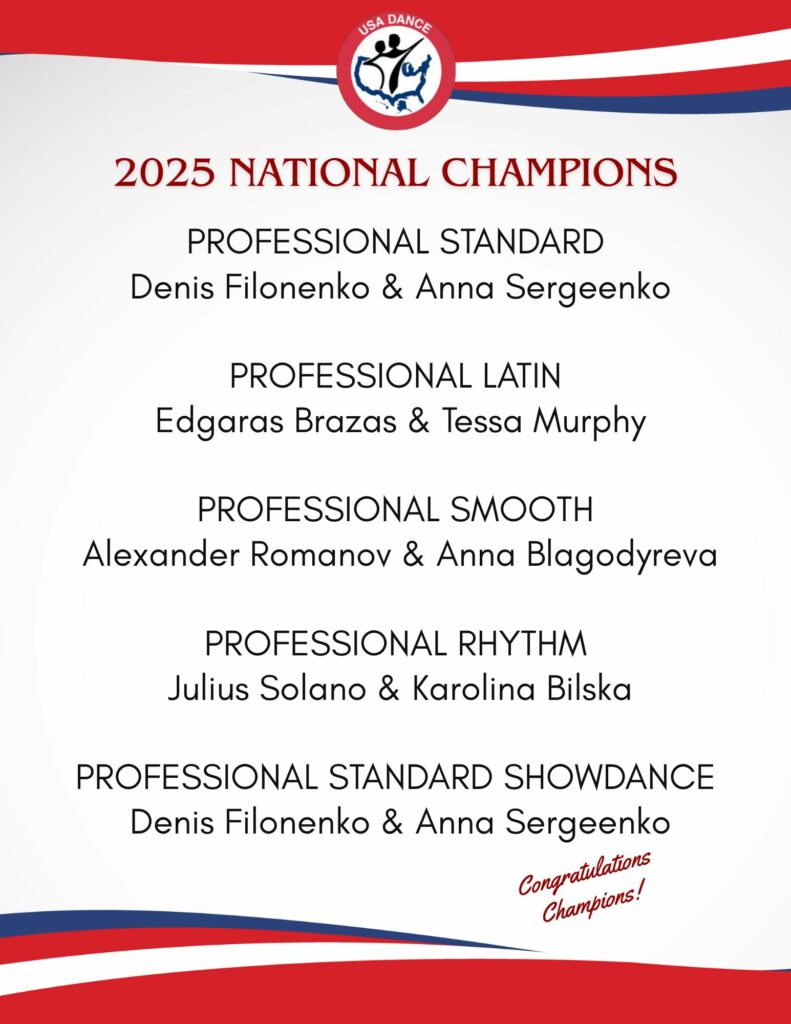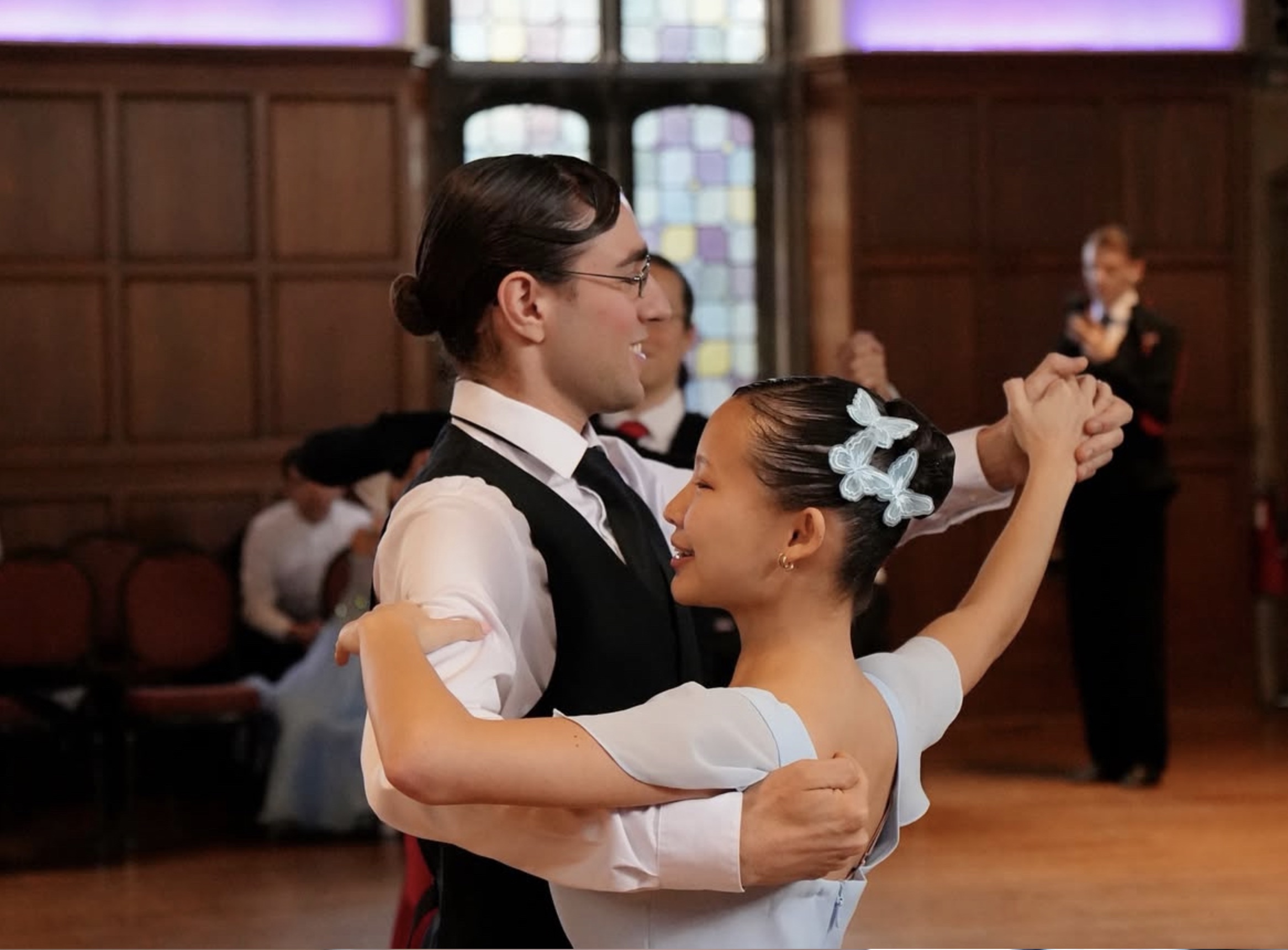Do you know which muscles make up your core? While it’s easy to equate having a strong core with having visible six-pack abs, there’s much more to your core than how your stomach muscles look in the mirror. A strong core can mean improved athletic performance and lower injury risk—but like everything else in sport, it takes consistent practice to build and maintain your core muscles.
Here, Michele LaBotz, TrueSport Expert and sports medicine physician, explains why the core is so important for athletes, what most athletes get wrong about their core muscles, and how you can actually develop and maintain a strong core.
- Why does a strong core matter?
The core is important in virtually every sport. “The core is what transmits the power from the lower body to activities you’re doing with the upper body,” says LaBotz. “And if your core is not doing that well, you’re losing a huge amount of power, you’re not as effective, and you are also more prone to injury. Your core is also incredibly important for protecting your back.”
- Your core isn’t the same as your stomach muscles
When you think of your core, you likely picture the classic ‘six pack,’ or think of your stomach or abdominal muscles. But your core is much more than just your outer layer of abs. “The core is composed of all of the layers of muscles that surround your midsection,” LaBotz says. “That includes not only the deep layers of muscles around the abdomen, but also those muscles that are around the back, the gluteal muscles, and the muscles that are around your hips.”
- Crunches alone won’t build a strong core
“You can’t just do crunches and leg lifts to develop your core,” LaBotz explains. “You need to engage those deeper muscles, and since the core is made up of layers of muscle, you need to work all of them.” For example, a crunch isn’t very good at strengthening the rectus abdominus, the deep layer of muscle that wraps around your midsection that is a key player for good core function.
How to Build Your Core
So, how do you actually build a strong core, if not by doing more crunches and ab work at the gym?
- Get mindful about your movement
“I often see patients who are going to physical therapy but not making any improvements in their core strength,” she says. “I’ll ask those athletes to show me the exercises that they’re doing, and what they often demonstrate is that they’re doing the movement, but they’re not actually engaging the muscles that they need to be working in order to make changes. If you’re not using good technique, all of these exercises you’re doing aren’t going to have the desired effect.”
- Add more planks
A plank—essentially holding a high pushup position with a straight line from the back of your head to your heels—is one of the best ways to work your entire core. You want to hold your body in a line, on a level, says LaBotz. But, doing planks correctly can be challenging and many athletes need some guidance on how to build up to that, as well as progress to side planks and more advanced versions when ready.
“Planks engage the muscles around the shoulder blades and the entire core when done right, but you have to pay attention to your alignment in a plank,” says LaBotz. “It can be helpful to have feedback, whether that’s someone watching you and letting you know if you’ve let your butt drop or if it’s lifting up, or taking a video to check your form later, or even glancing in a mirror while you hold a plank.”
- Engage the deep muscles
LaBotz is a huge fan of Pilates because of its mindful and focused approach to targeting muscles in the core. She also believes that it’s a great way to improve overall posture. “Pilates targets the core and also helps keep hips strong, which keeps the legs in good alignment—this is important for any sport that involves running,” she adds. “I can’t promise that it’s going to make you faster at running, but it’s going to make you more efficient and make you less prone to injury.”
She also notes that for Pilates to be effective, it needs to be done correctly. You may want to go to a class with an instructor a few times in order to learn the basic movements and ensure that you’re doing them correctly. There are also free online tutorials if getting to a class is impossible.
- Practice regularly
Just like you practice your specific sport more than once a week, your core muscles require regular attention. LaBotz recommends strength training (whether that’s a Pilates class or gym session) two to three times per week. You can also break it up into smaller doses done daily. For example, it’s easy to add a set of planks into your daily routine in under five minutes a few times each week.
Remember, the key to a strong core comes from good technique: Five minutes of sloppy planks won’t be as effective as two 30-second planks held properly. “The key is to hold it for as long as you can, while maintaining that good technique and making sure that you’re keeping your core engaged,” LaBotz says.
Takeaway
Building a strong core is about more than developing a six-pack. A strong core will make you more powerful in your sport, as well as less prone to injury. Crunches and sit ups alone won’t build your core, but mindfully adding practices like planks or Pilates that fully engage all the deeper muscles in your core can help strengthen it over time.
 About TrueSport
About TrueSport
TrueSport®, a movement powered by the experience and values of the U.S. Anti-Doping Agency, champions the positive values and life lessons learned through youth sport. Backed by U.S. Congressional mandate, TrueSport inspires athletes, coaches, parents, and administrators to change the culture of youth sport through active engagement and thoughtful curriculum based on cornerstone lessons of sportsmanship, character-building, and clean and healthy performance, while also creating leaders across communities through sport.
For more expert-driven articles and materials, visit TrueSport’s comprehensive collection of resources.
This content was reproduced in partnership with TrueSport. Any content copied or reproduced without TrueSport and the U.S. Anti-Doping Agency’s express written permission would be in violation of our copyright, and subject to legal recourse. To learn more or request permission to reproduce content, click here.

